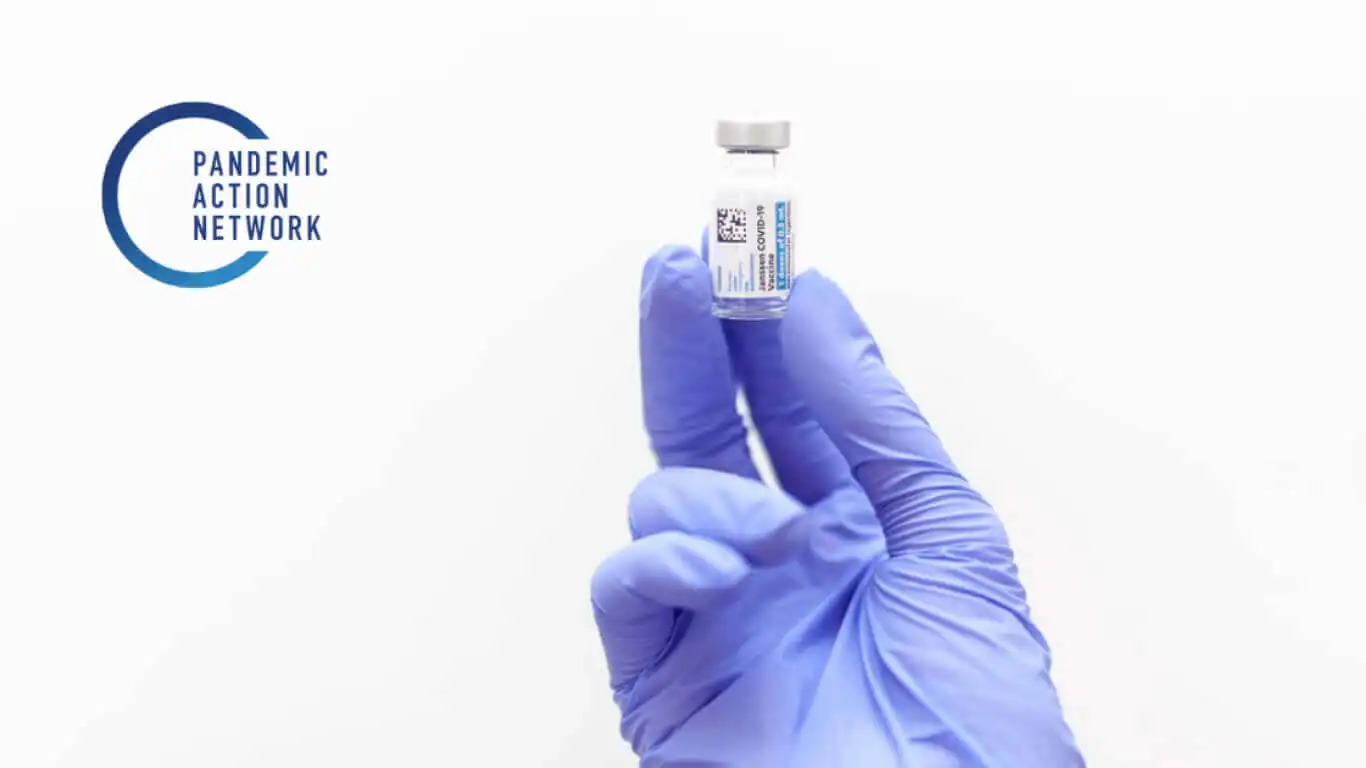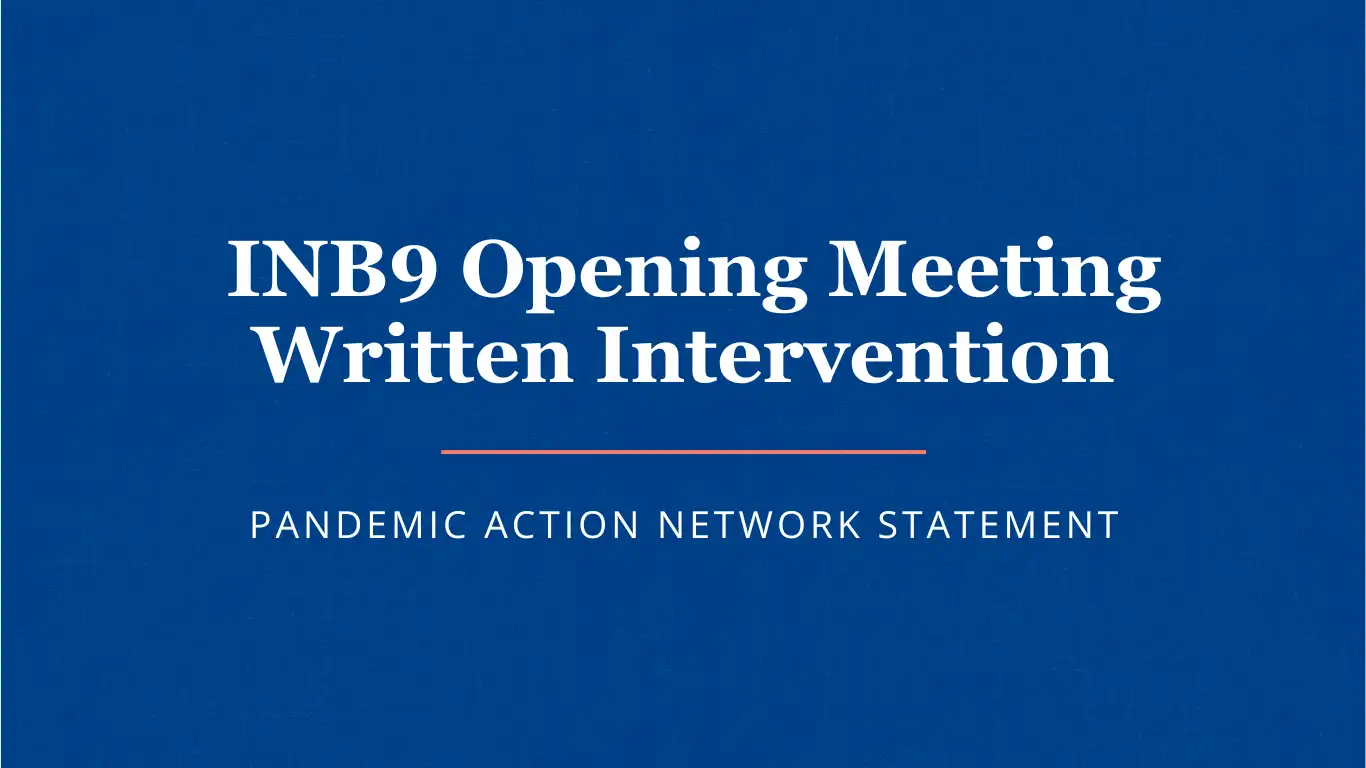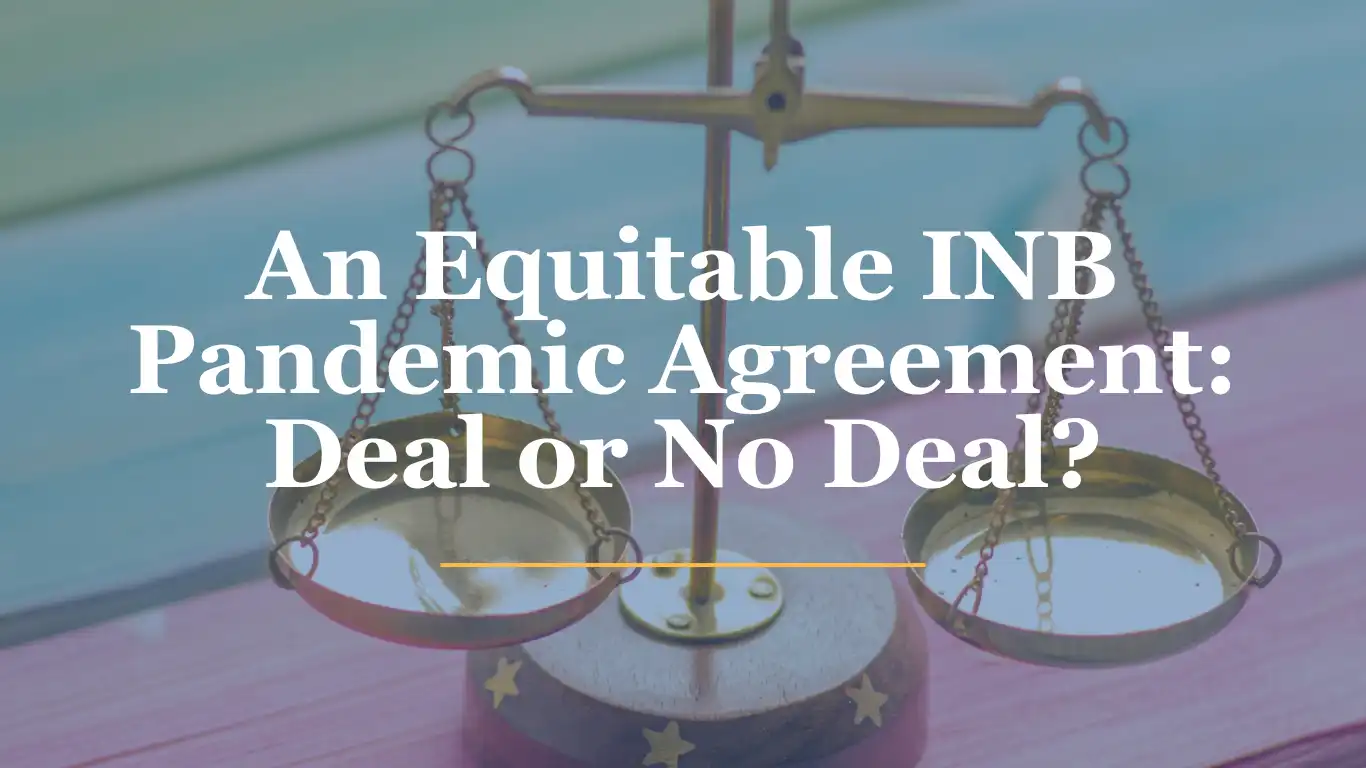As the G7 leaders gather this weekend, civil society organizations have been fighting hard for a Global Roadmap to Vaccinate the World, which calls for an end-to-end plan to vaccinate the world to at least 70%. One of the most urgent issues will be to plug the vaccine gap in the coming months – through sharing doses, providing ambitious finance, and supporting governments to make sure the plan to get to herd immunity delivers tests and treatments to citizens and jabs in arms.
On vaccines themselves, part of the gap will be filled by dose-sharing, and part by ensuring COVAX has the means to purchase enough vaccines. As the G7 rallies around Prime Minister Johnson’s ambition to raise 1bn doses, it is vital we understand the data around what has happened so far:
1. How many doses are being produced in 2021 and who owns them?
2. How much did they cost?
3. When will they come off the production line?
G7 governments are stating that the demand to share 2bn doses in 2021 will not be possible – but the data from different sources tells a different story. For example, GAVI data shows that even accounting for universal booster shots, countries with excess supply will likely have between 1.2 billion and 4 billion doses to redistribute, especially the US & EU. The Duke University project shows that the G7 will likely have in excess of 3bn spare doses in 2021 – with 1bn definitely being a minimum in reach even when making cautious estimates. On top of that the pharma company’s own data shows that there will be 5bn doses in circulation by the end of August and suggests a staggering 11bn doses by the end of the year. There are also publicly available resources on dose deliveries such as this UNICEF dashboard which provide other figures. That’s why we need the G7 leaders to adhere to the following transparency principles as an integral part of the global vaccine roadmap:
– Ensure the pharmaceutical industry publishes detailed production schedules setting out the queuing system of which vaccines will be ready for which country, by when, according to realistic production schedules
– Publish a detailed month-to-month timeline to the end of 2022 of expected doses that will be produced for the G7, COVAX and other countries and institutions, showing how the G7 can collectively share doses; commit to timeframes for the delivery to fill the urgent vaccine supply gap building towards providing 2bn doses by the end of 2021
– Publish a tracker of doses promised and doses actually delivered (when, where, via which sharing mechanism)setting out clearly confirmed contracts vs. options
– Publish the prices that doses have been bought at for COVAX, the AU and other LMICs, and set out what ‘not-for-profit’ pricing must be for future purchases for those in LMICs
– In light of production data, keep the door open to sharing more doses later in the year



